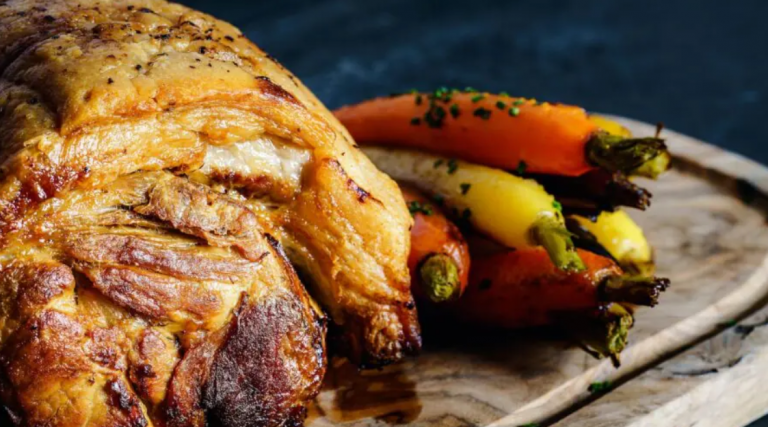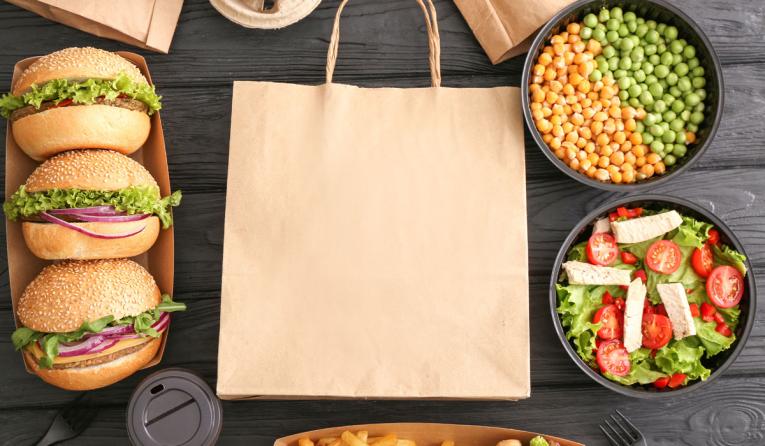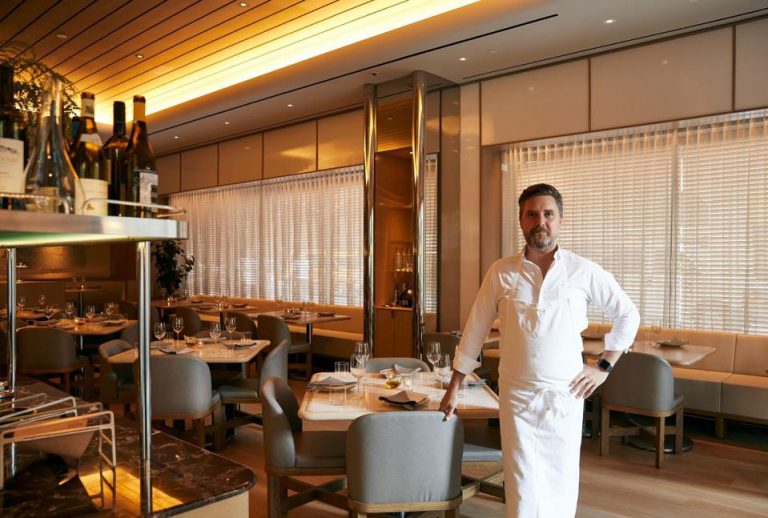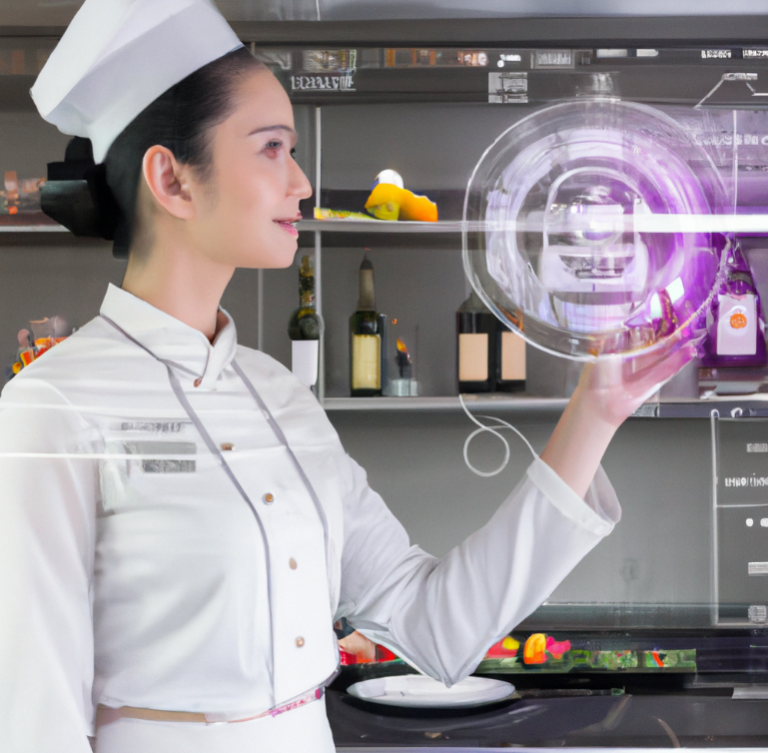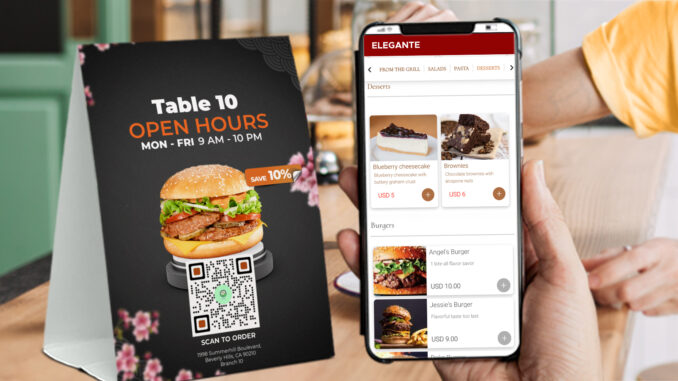The food delivery segment is projected to reach $231.3 billion in 2023.
The restaurant industry has experienced a great deal of turbulence over the last few years. Undoubtedly, the pandemic created significant challenges across the sector, but while many businesses were forced to close their doors, the period also led to a significant increase in off-premises dining and delivery demand, with restaurants endeavoring to capitalize on new opportunities.
As we move through Q1 of 2023, and with the pandemic dust having firmly settled, it is fantastic to see a degree of normality returning to the restaurant sector. Certainly, the ecosystem has changed, but while the food delivery channel will have benefitted from sustained increases in both consumer and restaurant penetration, the dynamics have shifted considerably and the bar for restaurant success has been raised.
Cost increases across the board have put enormous pressure on restaurant operators, not least in terms of the delivery channel where the prices of fuel, insurance and labor have risen sharply. The delivery fees charged by marketplace delivery apps offer little respite and the impact on the bigger restaurant brands is limited, as they have the scale to negotiate. Larger chains are also quicker to embrace technology that automates the management of their in-house drivers and can redirect excess delivery volume to the marketplace alternatives. This ensures costs are minimized, while fulfillment issues are eradicated. The smaller brands, unfortunately, lack the same ability to negotiate but it is encouraging to see that more and more are beginning to adopt technology to achieve a similar outcome.
Of course, we never know what is coming around the corner and despite the pandemic fading into the background, we must also focus on the economic outlook. It’s not all bad news though. As the gray clouds of recession gather and consumer spend tightens, there is a cautious sentiment in the industry as a whole, but the outlook for the delivery channel remains positive. Delivery is the ultimate in restaurant convenience and consumer demand for convenience rarely recedes. This is evident when we take into account that 60 percent of Americans order restaurant takeout at least once a week. In addition, we have seen the price of groceries in the US rise by 14 percent while the price of restaurant food has increased by only 8 percent, making it more competitive as a meal solution. Moreover, there is strong evidence to suggest that in recessionary times, consumers will opt to eat at home more to avoid the ancillary costs of eating out – costs such as taxis, babysitters and inflated alcohol prices.
The long-term outlook for the food delivery ecosystem is exciting and I think we can expect to see more change in the next two years than we have in the past five. Some of the developments we have been speculating about for a while now are very much in play and beginning to gain traction. We are seeing, for instance, how restaurant brands are turning to robotics to automate certain elements of food prep and despite some skepticism, we are seeing robots being trialed for last mile delivery—in highly controlled environments—thanks to brands such as Pizza Hut and Chick-fil-A. It is becoming increasingly obvious, too, that drone delivery is not far behind and will move towards commercialisation in a couple of years once the regulatory issues are ironed out.
Similarly, in the midst of a whitewash of coverage about ChatGPT, we are getting our first glimpse of the power of AI and how it will revolutionize everything from voice ordering to content creation. Dark kitchens are still somewhat in vogue. This is in contrast to the ghost truck kitchens where cracks are starting to appear, with a number of brands winding up operations or pivoting to a different model.
Sustainability and its significance, in terms of guiding consumer choices, will continue to influence many elements of the food delivery chain across the United States, and indeed globally. Plant based foods, packaging and transport will all be positively affected, but only as long as the cost impact is negligible. The reality remains—restaurant margins are tight and that’s not going to change any time soon.
Legislation, of course, is more complicated to predict and indeed more fragmented too, as rules differ from state to state. Taxes, subsidies, minimum wage levels, immigration, and laws governing the treatment of gig economy workers, will collectively have huge implications on the future of the restaurant delivery, but predominantly on restaurant brands and marketplace delivery platforms.
We are also sure to see more consolidation as companies supplying technology to restaurants will seek to increase the value they offer by introducing complementary products. We have already seen marketplace delivery apps acquiring POS, POS companies acquiring loyalty software, and online ordering apps launching order aggregation. It’s reasonable to expect a lot more of this type of consolidation, as tech suppliers look for ways to bring more value to restaurant brands.
Market conditions mean valuations have taken a hair cut, venture capital is harder to come by so M&A will inevitably pick up, and with a smaller number of players offering similar services, there’s likely to be some really great value there for restaurant brands.
Separately, the influence of technology on restaurant success has moved from important to critical in light of current economic conditions. Most restaurant brands are struggling with both labor shortages and cost increases, and technology is providing a crucial lifeline. Automating food prep, QR codes for both mobile menus and payments, AI for voice ordering and inventory control are just some of the technologies that are becoming mainstream in an effort to find efficiencies and reduce dependence on employees.
We are seeing huge demand for automated dispatch and smart driver selection. Some restaurants use their own delivery drivers but need a system to manage them efficiently, and ideally overflow excess orders to a third party fleet. Many restaurants are still only using third party fleets, unaware that there are far better rates available, including for marketplace fleets, once they have a system that can dispatch deliveries as appropriate. These systems can also provide service level reporting on third party fleet performance, enabling businesses to monitor and manage customer experience even when the delivery is outsourced.
Similarly, driver tracking is something restaurants should expect from a delivery management system and once this is in place, customers no longer need to call restaurants with delivery enquiries and restaurants don’t need extra staff on the roster to take these calls.
Significantly reduced delivery costs, better fulfillment, less reliance on restaurant staff to manage dispatch or take calls, faster deliveries, and better consumer experience, are all achievable with the right technology in place. Longer term, we might look to drones or 3D printing to solve our delivery challenges but in the meantime, the technology to make delivery profitable is readily available.
There’s no doubt that the food delivery industry is essential to the economy in the US, with revenue in the market projected to reach $231.30 billion in 2023. Further figures show that revenue is expected to experience an annual growth rate of 13.56 percent, resulting in a projected market volume of $384.7 billion by 2027. In comparison, the US online food delivery market size reached $26.1 billion in 2022—a consequence of the evolving behavior of customers during the pandemic.
Overall, in order for the industry to continue its growth trajectory, efficient technology and delivery streams are essential for restaurants. Despite the setback of COVID, the industry is finding its feet once again, and the online market size is every bit as valuable as the traditional restaurant model. As well as the financial stability for individual restaurants, the industry as a whole is currently the third largest employer in the US, with over one million restaurants, and 11.2 million employees. Evolving technology, and an ever-increasing reliance on food delivery systems, will ensure the industry across the US continues to experience growth throughout 2023 and beyond.
Published By: QSR


